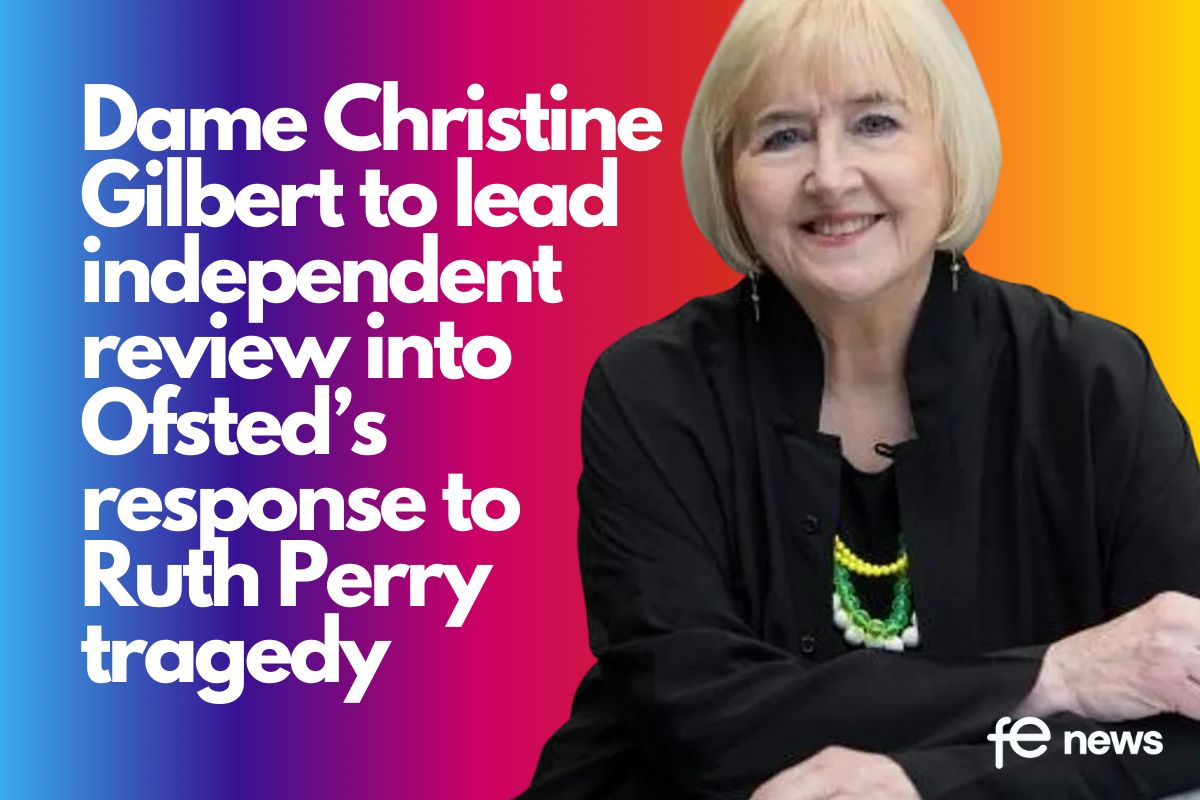Gaining a competitive edge in the battle for students

While it’s always been necessary for Further Education (FE) providers to collect, generate and disseminate marketing information, its effective use has never been so vital. Struggling after years of underfunding, FE colleges have been further hit by recent government spending cuts.
The current climate therefore now sees colleges competing against each other for a smaller pool of students due to the growth of academies and private sector providers.
This means FE providers need to be much smarter in the ways that they use market intelligence data, understand what individuals and employers value and are prepared to pay for, clearly publicising the benefits of their training programmes. Nonetheless, whilst today’s colleges may have more access to data than ever before, it can also be a huge task to make sense of it all.
This is where marketing data visualisation comes in. Dashboards have been standard equipment for CEOs for years, but now marketing managers at colleges and FE institutions are increasingly learning to explore their own dashboard reports. By providing a simple interface through which you can view your key performance indicators (KPIs), dashboards enable you to cut irrelevant information. This makes day-to-day processes agile, bringing transparency to KPIs and enables you to act quickly and drive business success.
We’ve put together eight ways dashboards can help FE institutions to capitalise on their marketing data:
1. Prove which campaigns got results
Dashboard visualisation clearly highlights trends and patterns that were previously out of view, enabling you to see which marketing campaigns were most successful and help you to make future marketing efforts more efficient.
It can also reveal which courses may need to be adapted to ensure they attract more students in the next academic year.
2. Free up time that could be better spent on targeting new students
With college data tied up in multiple systems, the process of pulling it all together is manual and laborious, using up time that could be better spent on targeting new students. Dashboard tools collate data from disparate systems, allowing easy comparison.
By allowing you to stack different data sources side-by-side, dashboard tools enable organisations to explore data, ask questions, and seek correlations. This single view of operations is essential to map performance, identify trends and help predict future opportunities.
3. Ensure your marketing is as effective as it can be
Seamless knowledge of your target market is paramount if you’re to make marketing campaigns effective. A marketing dashboard gives greater insights into target markets, informing where and when potential students spend most of their time online, how well they respond to email campaigns, and on which social channel they are most active.
Dashboards show your marketing team which emails get the most clicks that lead to enrolments. As the data is real-time you can quickly replicate the successful ones and bin the ones that aren’t working, ensuring that your marketing is as effective as it possibly can be in getting your courses filled up.
4. Save time on manual processes
Many colleges still use systems that just can’t keep up with, or even provide, the data they need. Instead, senior managers have to telephone each head of department every morning to ascertain the data that they need from each programme.
Using a dashboard allows you to set a schedule so that data is updated automatically.
5. Highlight priorities
Dashboards not only give a holistic view of current performance, but also provide the ability to drill down to highlight specific priorities.
The flexibility to segment and filter data avoids staff being overloaded with irrelevant information and give great focus to campaign management.
6. Employ historical data to improve future gains
By ensuring you’re tracking the right metrics, you can monitor which campaigns are providing the best ROI.
Data visualisation helps standardise the way each campaign is tracked, easily revealing past trends that can be utilised for future gains.
7. Maintain a competitive edge
By using dashboards to manage enrolment data, colleges can maintain a competitive edge at a time when private apprenticeship schemes are attracting more and more applicants.
The real-time reporting capabilities that dashboards provide ensure your college enrolment forecasts are as accurate as possible, and timely analysis of your funding position will provide the early indication needed to prepare funding growth bids, target management interventions and monitor student retention.
If you know exactly where you stand at any given moment, you’re better placed to ensure you receive a steady flow of applicants despite the increased competition.
8. Act more decisively and dynamically
With the student data at their fingertips, colleges can act more decisively and dynamically to ensure that courses are neither under or oversubscribed. Early pre-emptive management interventions can be taken to mitigate potential issues that arise such as large/small cohort sizes, demand for places and under recruitment.
The data can influence curriculum planning for next year and reveal the courses that will need to be adapted to ensure they attract more students; or discontinued if the demand is not there.
As the battle for students becomes ever greater, the provision of real time, consistent and comparable data will be increasingly essential to gain a competitive edge.
Data visualisation is quickly becoming the standard for marketeers everywhere and colleges who embrace dashboards will find that they can make smarter decisions, quickly, helping them to remain viable.
Andy Richardson, CEO, Dynistics












Responses